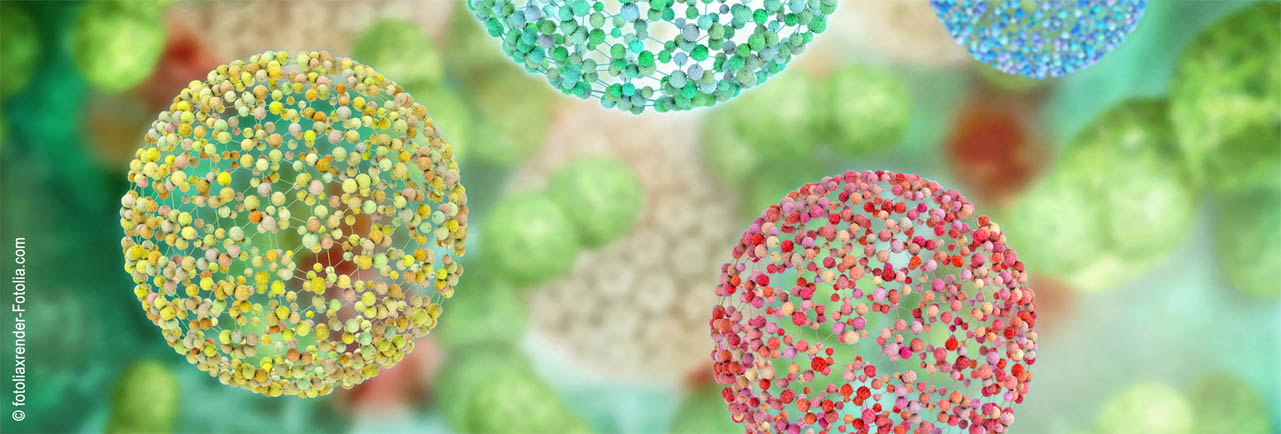Speaker
Description
Janus nano plates, bowls and cups: Controlling size and curvature via terpolymer/homopolymer blending in 3D confinement
Suna Azhdari [1], Yorick Post [1], Manuel Trömer [1], Deniz Coban [1], Giada Quintieri [1], André H. Gröschel [1,2]
[1] Institute for Physical Chemistry, University of Münster, Corrensstr. 28/30, 48149 Münster Germany
[2] Macromolecular Chemistry and Center for Battery Technology, University of Bayreuth, Weiherstraße 26, 95448 Bayreuth Germany
Surface- and shape-anisotropic colloids are widely studied for a large variety of applications due to their directionality in interactions, diffusion and other properties.[1] Amongst others, cup- or bowl-shaped particles are of significant interest due to their directional motion [2], material uptake in their cavity [3], and unusual particle packing.[4] While a variety of methods exist to generate bowl-shaped particles, achieving both high selectivity and high yield is still challenging with both top-down and bottom-up synthesis routes.[5] In the present work, we report a bottom-up method to produce bowl-shaped Janus nanoparticles by blending ABC triblock terpolymers with high-molecular weight poly(methyl methacrylate) (PMMA) during evaporation-induced confined assembly (EICA). This results in spherical particles wherein the terpolymer and PMMA separate into hemispheres and the triblock terpolymer arranges into a lamella-lamella (ll) morphology. Subsequent crosslinking of the B microdomain, removal of the PMMA by washing, and redispersion of the particles generates bowl-shaped Janus nanoparticles. The bowl curvature can be tuned from flat Janus nanoplates to hemispherical nanobowls and near-spherical nanocups by adjusting the degree of homopolymer blending. The size and shape of particles were analyzed with scanning and transmission electron microscopy and the Janus character was confirmed through selective surface functionalization. Angle-dependent dynamic light scattering allowed us to probe the particle shape in solution and confirmed that the anisotropic behavior is maintained in solution.
References:
[1] Liu, B.; Wu, Y.; Zhao, S., Chem. Eur. J., 2018, 24, 10562
[2] Xu, F.; Jing, W.; Chen, G; Zhang, Z., ACS. Macro. Lett, 2021, 10 (1), 9-13
[3] Kwan, J.J.; Myers, R.; Covielo, C.M.; Graham, S.M.; Shah, A.R.; Stride, E.; Carlisle, R.C.; Coussios, C.C., Small, 2015, 11 (39), 5305-5314
[4] Marechal, M.; Kortschot, R.J.; Demirörs, A.F.; Imhof, A.; Dijkstra, M.; Nano. Lett., 2010, 10 (5), 1907-1911
[5] Qiang, X.; Steinhaus, A; Chen, C.; Chakroun, R.; Gröschel, A. H., Angew. Chemie. Int. Ed., 2019, 58 (21), 7122-7126

